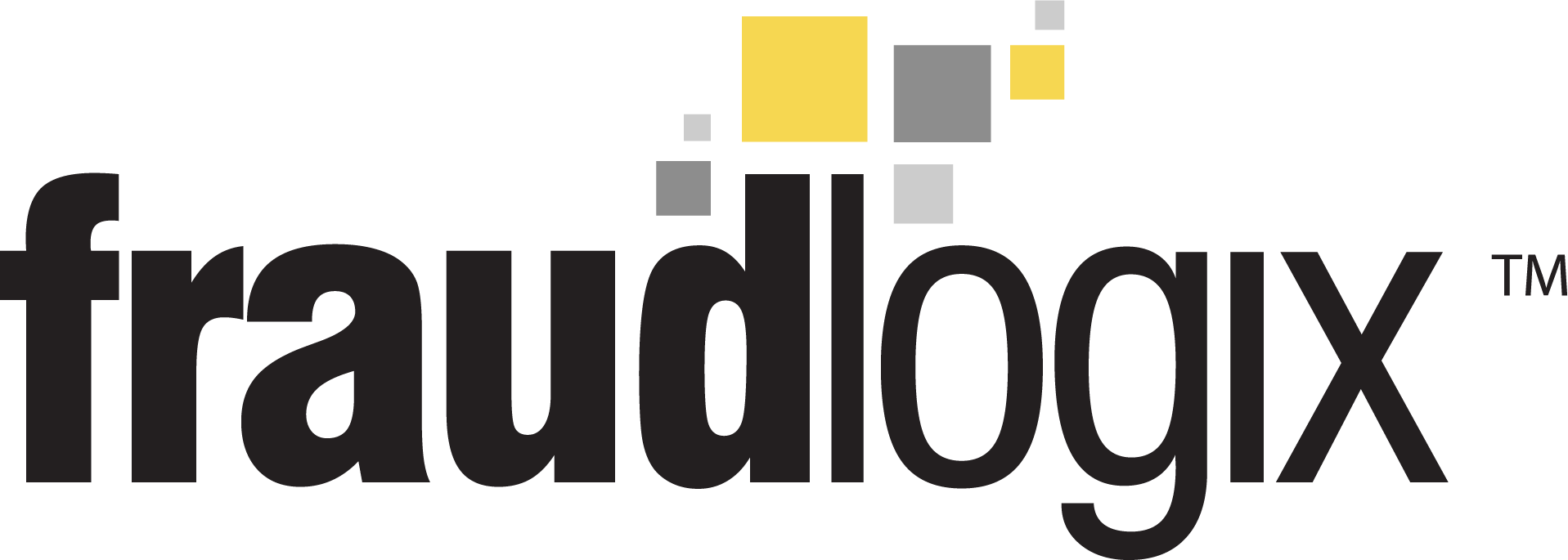 When you see that traffic on your website has gone up, could it be due to bots? Increased traffic to a site or specific pages can be good news; after all, it is one of the leading advertising goals. But not all traffic increases are cause for celebration. Estimates show over 40% of traffic on the internet is bot-driven, and a sizable portion of that bot traffic is malicious bots – bots intending to harm a site, data, and advertising efforts.
When you see that traffic on your website has gone up, could it be due to bots? Increased traffic to a site or specific pages can be good news; after all, it is one of the leading advertising goals. But not all traffic increases are cause for celebration. Estimates show over 40% of traffic on the internet is bot-driven, and a sizable portion of that bot traffic is malicious bots – bots intending to harm a site, data, and advertising efforts.
According to new research from Fraudlogix, bots and ad fraud make up almost 17% of ad impressions globally. Knowing how to recognize and prevent bot traffic on your ad exchange can help keep you from becoming a victim of marketing fraud.
What are traffic bots?
Bots – short for robots – carry out functions across the internet. Often, bots perform simple and repetitive tasks and can do these tasks faster than humans. Some bots run continuously in the background of pages or travel from one site to the next to collect information.
Not all bots are harmful. Some of them can help your website get noticed and perform better – like the search engine crawling bots that take notice of a site and direct traffic to it, and the chatbots that can ‘talk’ to and engage with your site visitors.
Bad bots can impersonate people, steal information, flood a page with spam comments, and more. Bad bots, however, aren’t around to help your website. Dishonest marketers may use bad bots to give the illusion of more traffic and more site engagement, but the conversion facts won’t add up.
Identifying Bot Traffic
How can you tell bad bot traffic from good? There are a few signs you can look out for when analyzing your website traffic, including:
1. Pages are loading very slowly.
Have you ever been to a site, and the page won’t load? Have you spent minutes waiting for it to appear? It’s not only annoying; it could be a sign of high bot activity. When many harmful bots are at work on a webpage, it won’t load normally and can end up hurting the site and driving real viewers away.
2. Unexpected and suspicious traffic locations.
Maybe you never know where your next site visitor will come from, but you usually can have an idea. Previous traffic patterns and geotargeting can give you an idea of where and when most traffic comes to your site. Suppose you suddenly see a surge of traffic from a foreign country you don’t do business with or a bunch of site visitors who aren’t in your targeted demographic. In that case, it’s likely a sign of fraudulent bot activity.
3. Bounce rates are up, and page views are brief.
When an actual, live visitor goes to a site, they usually spend a few seconds on a page. That’s because reading something, looking for a tab, leaving some contact information, or even navigating away from the page takes at least that long. But a bot can do all of that much faster than a real person can. So, you might see conversions with phony info, the kind that bounces right back and don’t lead to sales – or you might see that page views are only milliseconds.
Preventing Bot Traffic
Taking a proactive approach to keeping bad bot traffic off your ad exchange as much as possible is an excellent way to see whether your ads are truly effective. Preventing bad bot traffic in the first place can save money on every advertising campaign. It’s essential to have a solution to differentiate between good bot activity and bad bot activity and human versus bot traffic. Being able to identify known generators of bot traffic is also crucial. That’s what our anti-fraud solutions can do. Please read about the methodology we’ve developed to detect and block bots. Get in touch with us today to learn more about protecting your ads, affiliate programs, and website from malicious bot traffic.



